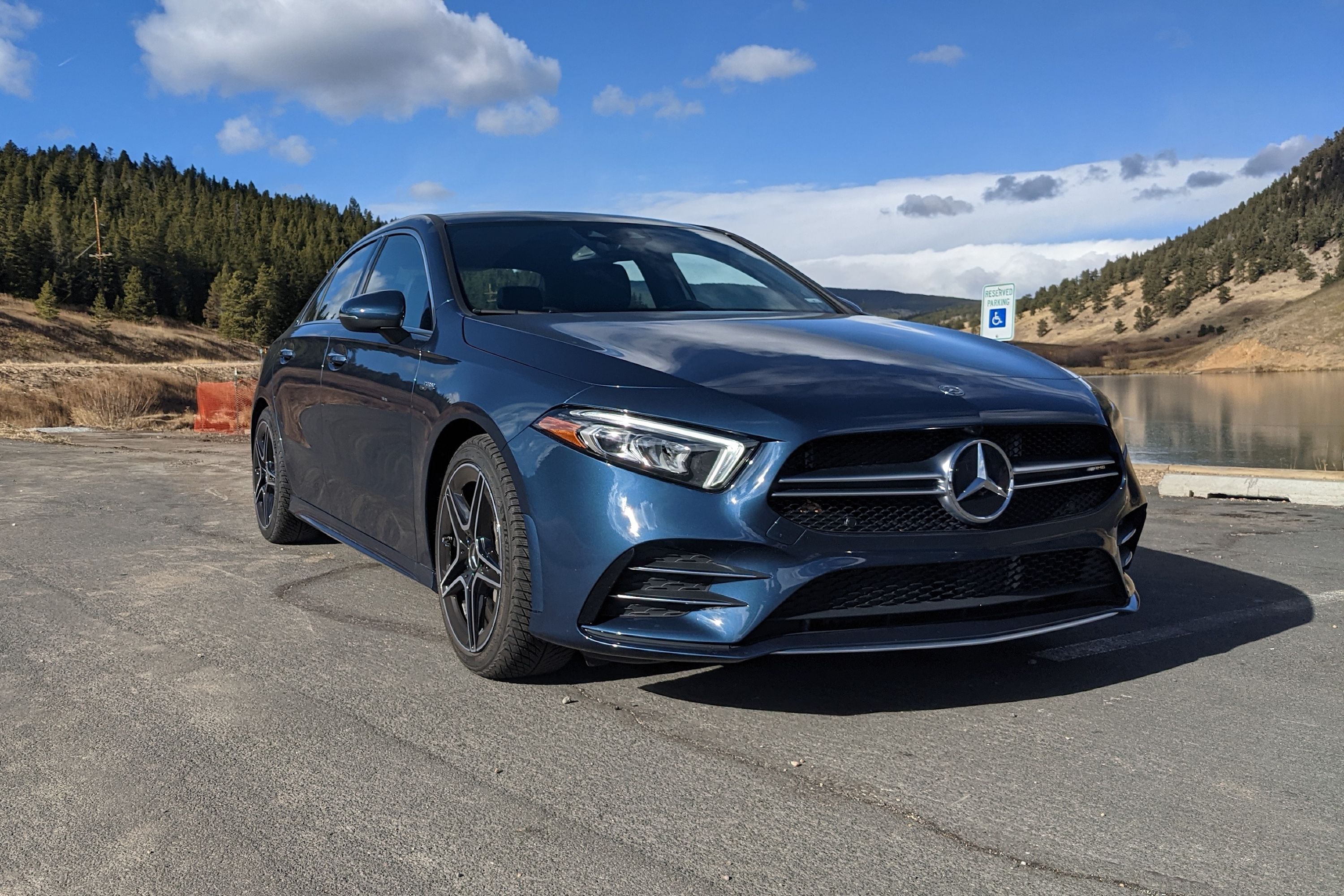
While the Mercedes CLA and GLA were cool cars in their own right (depending on who you ask), it was their AMG 45 variants that really packed a surprise. That's because Mercedes didn't think these "cheaper" AMGs were only destined to give buyers a sample of what Affalterbach could do. No, Mercedes' in-house tuner wanted the AMG GLA 45 and AMG CLA 45 to deliver the full experience, so it packed them with a small 2.0-liter turbocharged engine that could do much more damage than its displacement implied. That mill, known as the M133, produced 375 horsepower and 350 lb-ft of torque, enough to make it the most power-dense engine in the world.
And now, as we indulge in the thought of the upcoming AMG A 45, the CLA 45's replacement, and wait for the GLB to be released, Mercedes-AMG has taken the time to pull the wraps off the engine that will power its AMG 45 models going forward.
Suffice it to say, this power plant, dubbed the M 139, is even more impressive than many Mercedes fans were expecting. It holds onto the relatively mild 2.0-liters of displacement that its predecessor made. But now, it maxes out at 416 horsepower and 369 lb-ft of torque. Mercedes also hinted at the AMG GLB and AMG A-Class' lineup with the M 139's announcement, since it mentions that AMG 45 variants will be split between standard models and S-versions. The former will make 382 horsepower thanks to a lowered boost pressure (which is still more than the GLA 45 and CLA 45's output) while the S-models will make the full 416 horsepower.
Mercedes is quick to point out that the M 139's horsepower and displacement figures make it the new most power-dense production engine out there, boasting a truly impressive 208 horsepower-per-liter.
To pull that off, Mercedes' superstar engineers did some serious work. They started by burying the turbochargers so deep in the engine bay (to cut down on turbo lag) that the motor needs two sperate cooling systems, one for the block and another for the head. They then placed the engine so the intake is up front and the exhaust is set towards the rear, added roller bearings to the turbocharger, increased the size of the exhaust valves by 18%, revised fuel delivery, allowed the air conditioner to help cool the engine, increased compression ratio from 8.6:1 to 9.0:1, increased maximum boost to 30.5 psi, and gave the engine a slicker coat of oil.
And though responsiveness was high on the list of priorities, Mercedes also wanted this engine to feel natural, so it gave it a linear torque curve and a high 7,200 rpm redline, just to encourage drivers to dig deep into the throttle.
Since the M 139 follows AMG's "One Man, One Engine" principle but needs to be built quickly assuming demand will be high, Mercedes has also revamped the motor's building process. It's all but certain that we see these engines debut on the AMG A 45 and AMG GLB 45. But considering the M 139's output, it could even graduate to the engine bays of larger Mercedes, with hybridized AMG 53 versions being prime targets.
